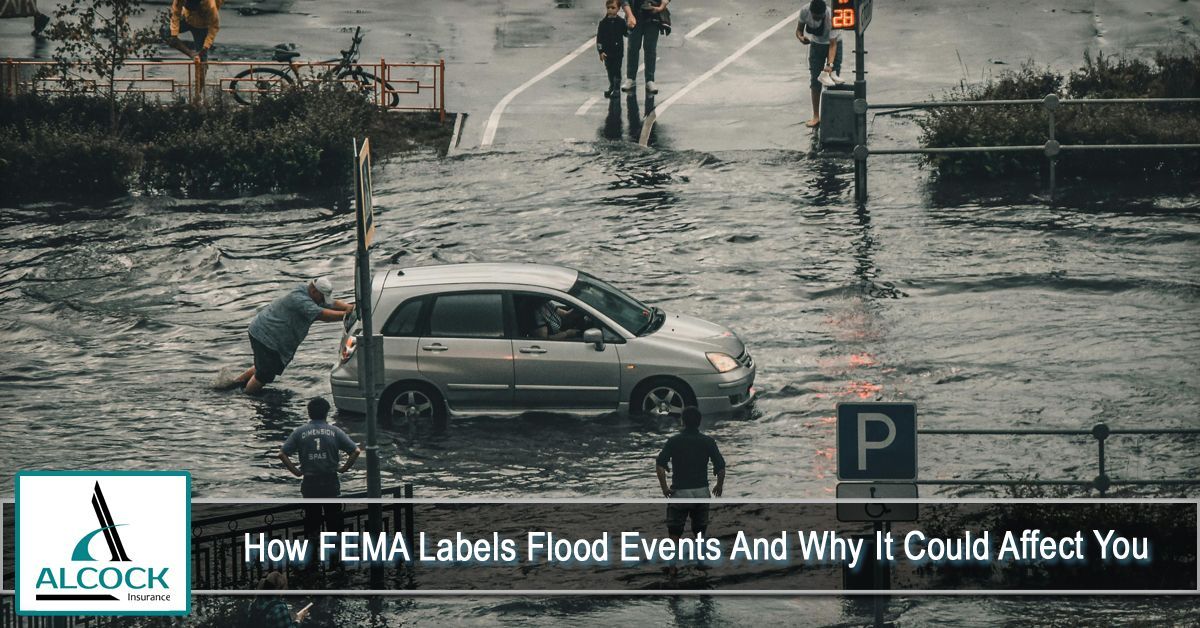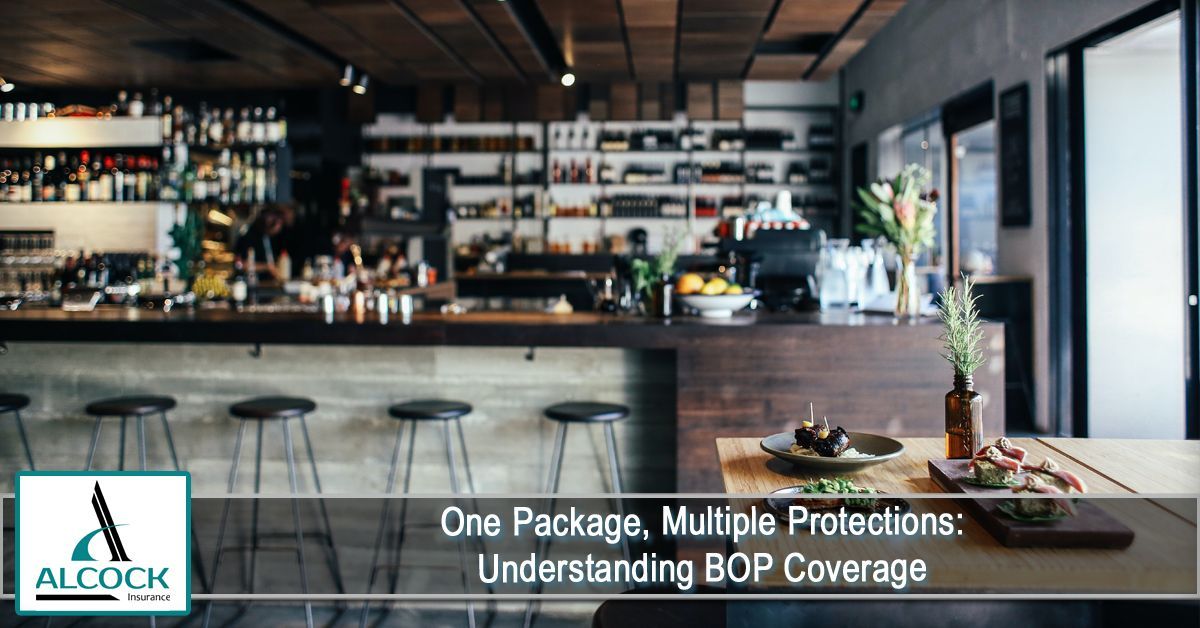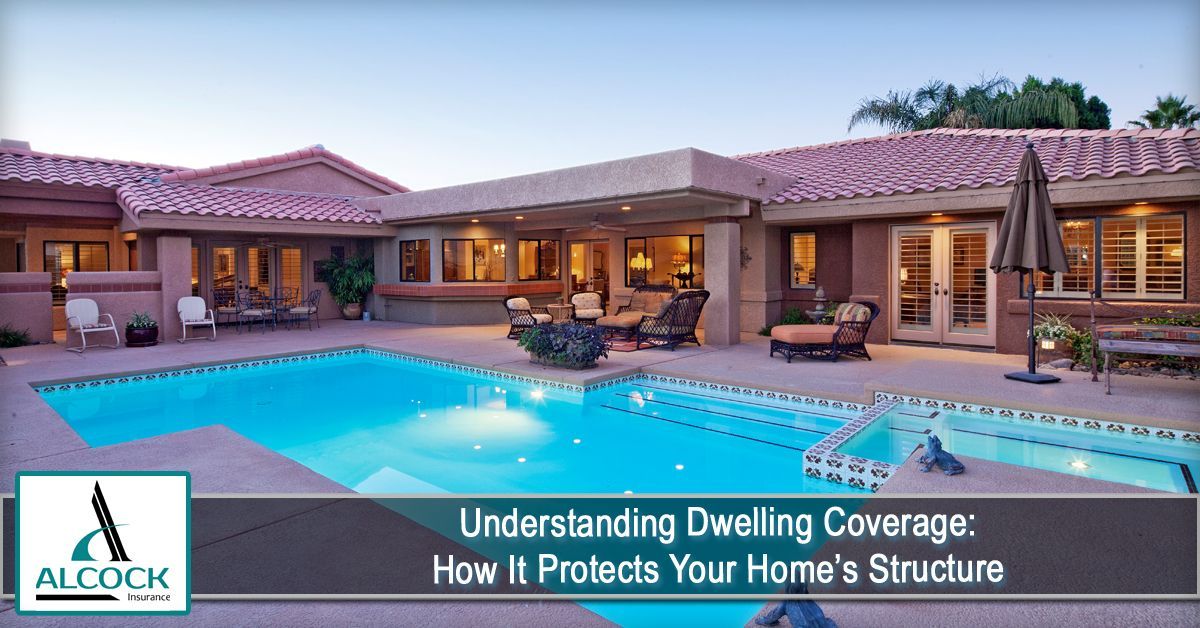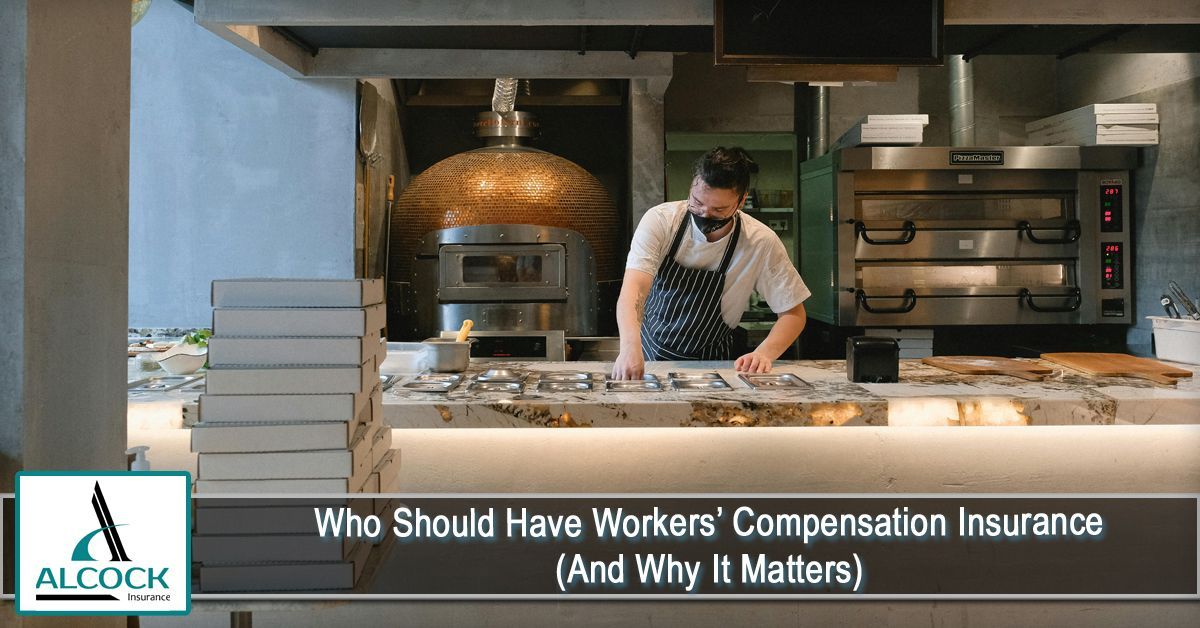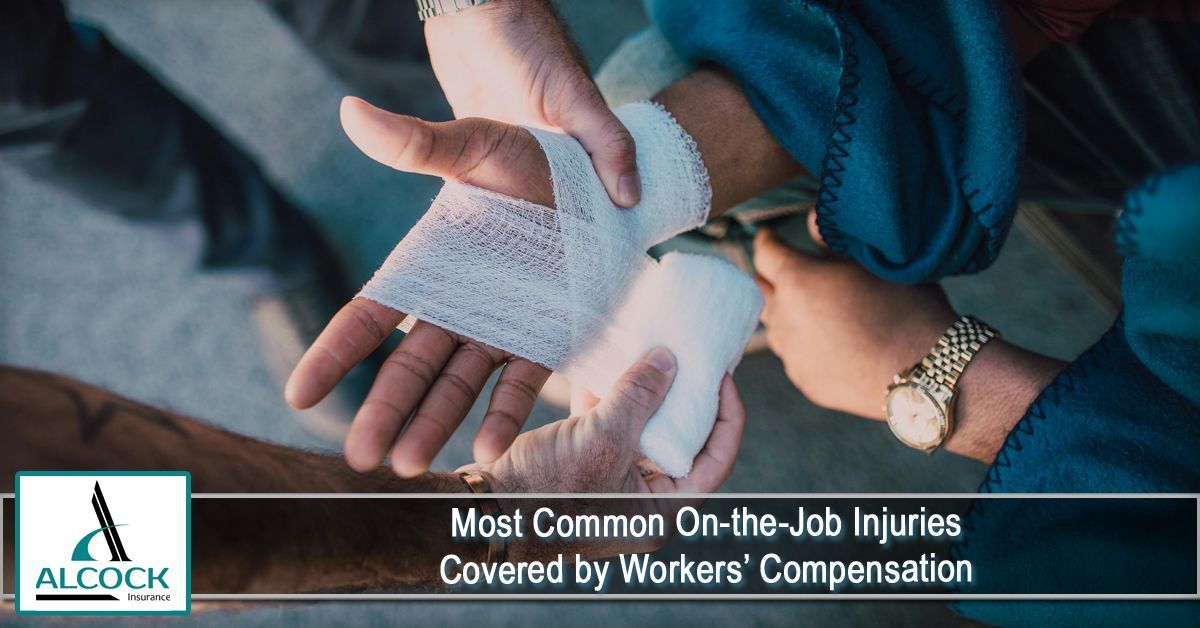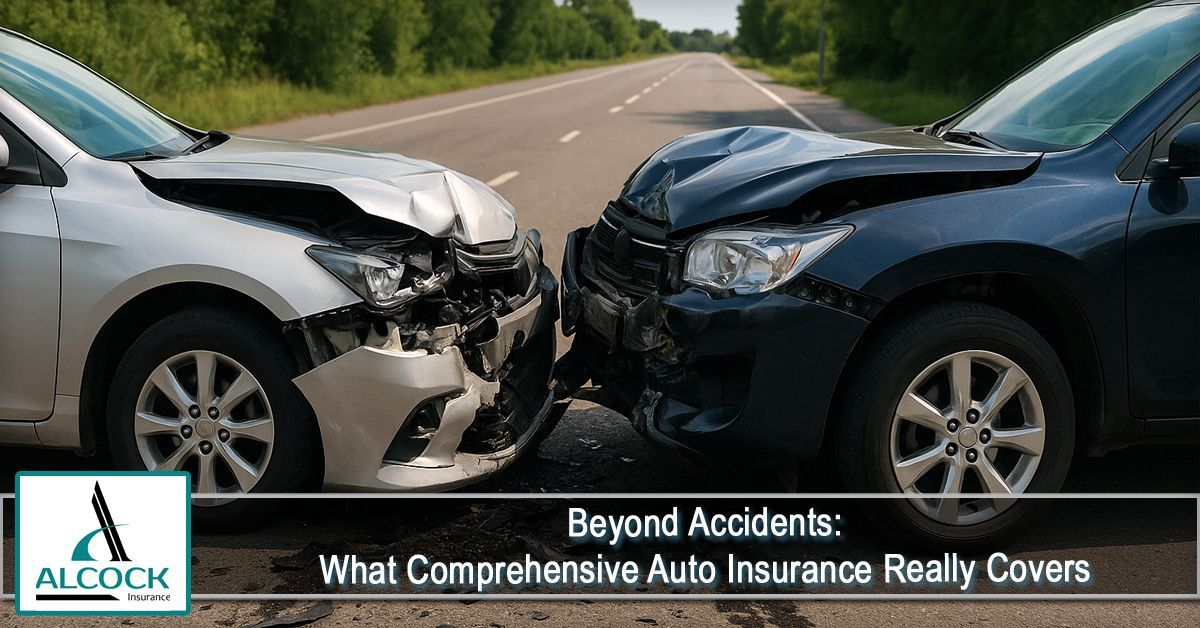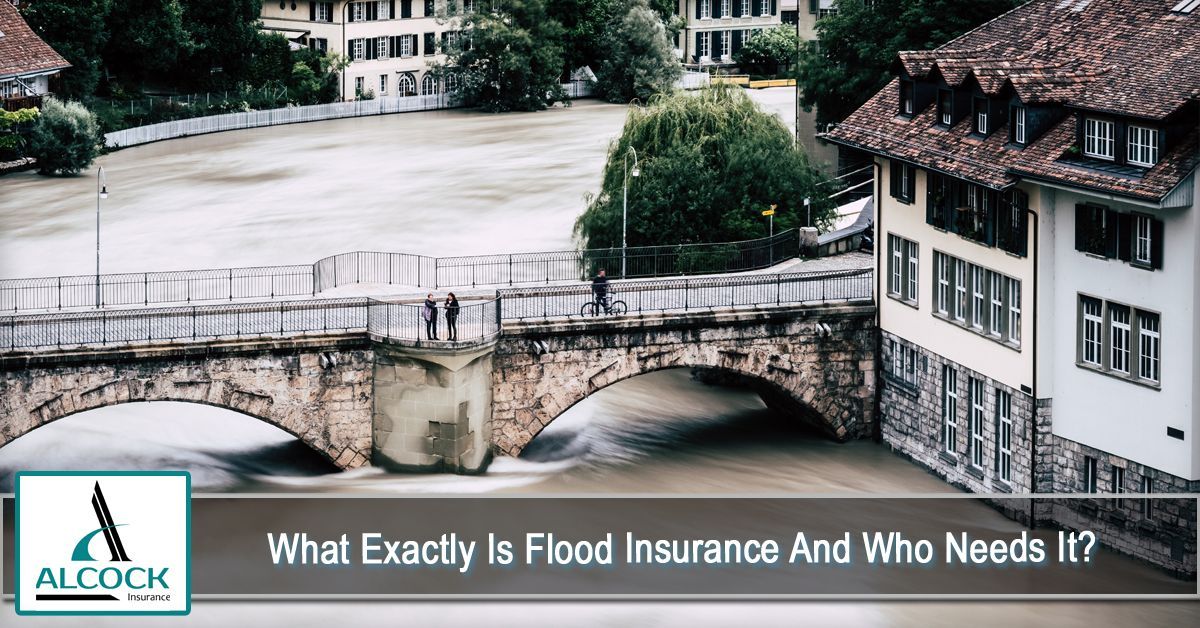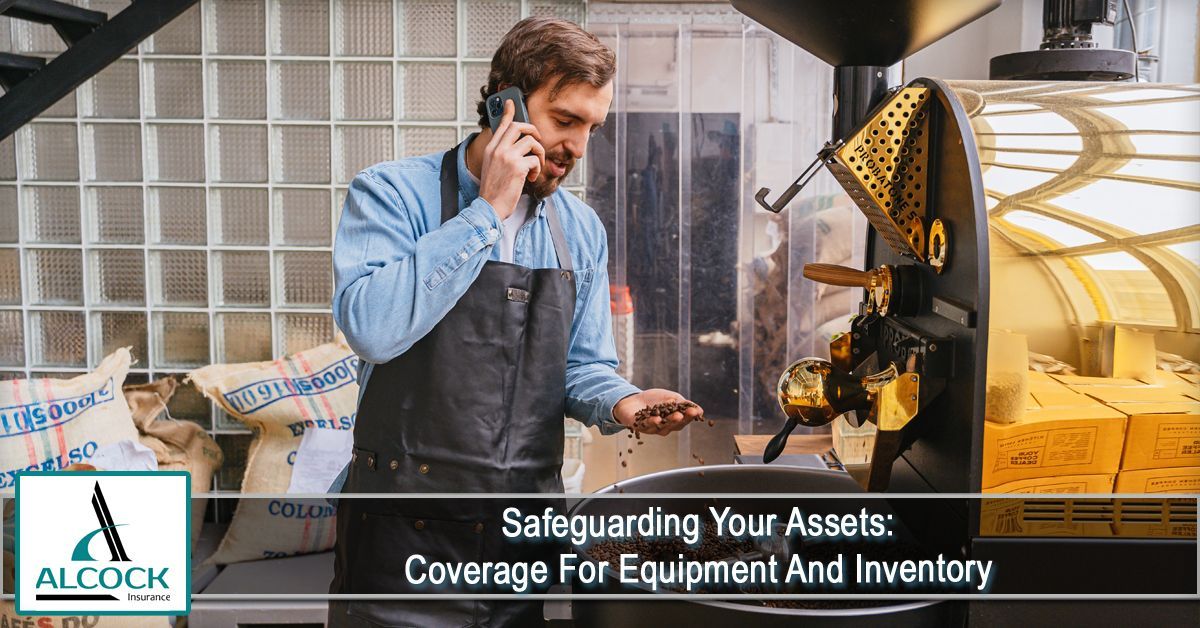
For many homeowners, home insurance feels like a safety net for major disasters—like a fire or storm damaging the house. While that’s certainly true, home insurance covers far more than just your home’s structure. From personal belongings to liability protection and even temporary living expenses, a homeowners policy offers a wide range of financial safeguards that go beyond bricks and walls.
In this article, we’ll break down what’s typically covered under a standard home insurance policy, the protections that many homeowners overlook, and how to make sure your policy fits your needs. Whether you live in a cozy neighborhood or a coastal area like Greenville, NC, understanding your coverage helps ensure you’re fully protected when life takes an unexpected turn.
Understanding the Basics of Home Insurance
Home insurance is designed to protect your home and finances from a variety of risks. Most standard policies, known as HO-3 policies, provide coverage against common perils such as:
- Fire and smoke damage
- Windstorms and hail
- Theft and vandalism
- Water damage from burst pipes (not floods)
- Falling objects (like tree branches)
- Liability claims
However, what makes homeowners insurance so valuable is how these protections extend beyond just the building itself.
1. Dwelling Coverage — The Structure Itself
This is what most people think of first. Dwelling coverage pays for repairs or rebuilding costs if your home’s structure is damaged by a covered peril. It includes:
- Walls, roof, and foundation
- Built-in appliances and fixtures
- Attached structures like garages or decks
Important Tip:
Make sure your dwelling limit matches the cost to rebuild your home, not just its market value. Rebuilding after a total loss could cost significantly more than what your property might sell for.
2. Other Structures Coverage
Your policy doesn’t just protect your main house—it often includes 10% of your dwelling limit to cover detached structures, such as:
- Fences
- Sheds
- Detached garages
- Guesthouses
This ensures that every part of your property is covered, even those not physically attached to your home.
3. Personal Property Coverage — What’s Inside Your Home
If your possessions are stolen, damaged, or destroyed by a covered peril, personal property coverage helps replace them. This includes:
- Furniture and electronics
- Clothing and jewelry
- Appliances and décor
- Tools and sports equipment
Most policies cover these items even when they’re outside your home, such as in your car or a storage unit.
Tip: Take inventory of your belongings to ensure your coverage amount reflects their full value. You can also add endorsements for high-value items like art, jewelry, or collectibles.
4. Liability Protection — Covering You and Your Family
Liability coverage protects you if you or a family member accidentally cause harm to someone else or their property. It can help pay for:
- Legal defense fees
- Medical expenses
- Property repair or replacement costs
Example:
If a guest slips on your front steps or your dog damages a neighbor’s fence, liability insurance can cover the resulting expenses—saving you from potentially significant out-of-pocket costs.
Many experts recommend at least $300,000 in liability coverage, though higher limits are available and often affordable.
5. Additional Living Expenses (ALE) — When You Can’t Stay Home
If your house becomes uninhabitable after a covered loss, Additional Living Expenses (ALE) coverage helps pay for temporary costs like:
- Hotel stays
- Rental housing
- Restaurant meals
- Transportation
This coverage allows your family to maintain a normal lifestyle while repairs are being made.
6. Medical Payments to Others
Separate from liability coverage, medical payments coverage handles smaller injury-related claims—such as a visitor twisting an ankle in your yard—without requiring proof of fault. This helps you resolve minor accidents quickly and compassionately.
What’s Not Covered
While home insurance provides broad protection, some risks typically require separate policies or add-ons:
- Floods:
Standard home insurance doesn’t cover flood damage. You’ll need a separate flood insurance policy (especially important in areas like Greenville, NC, where heavy rainfall and hurricanes are possible).
- Earthquakes:
Usually excluded but can be added via endorsement.
- Maintenance-related issues: Routine wear and tear or pest damage are considered the homeowner’s responsibility.
Always review your policy exclusions and ask your insurance agent about optional coverage for specific regional risks.
7. Optional Add-Ons Worth Considering
Depending on your location and lifestyle, you may want to enhance your policy with:
- Water Backup Coverage:
Protects against sewer or sump pump overflows.
- Equipment Breakdown Coverage:
Covers repair or replacement for essential systems like HVAC or water heaters.
- Scheduled Personal Property Coverage: Adds extra protection for high-value belongings.
Why Home Insurance Matters in Greenville, NC
For homeowners in Greenville, NC, home insurance isn’t just a legal or financial safeguard—it’s essential peace of mind. Eastern North Carolina experiences its fair share of storms, heavy rain, and occasional flooding, making strong coverage a must. A local insurance expert in Greenville, NC can help you evaluate your home’s risk factors and tailor a policy that fits your unique needs, including optional flood or windstorm protection.
How to Make the Most of Your Home Insurance Policy
- Review Your Policy Annually: Ensure your coverage limits reflect current rebuilding costs and possessions.
- Bundle Policies:
Save money by combining home, auto, or life insurance with the same provider.
- Install Safety Features: Security systems, smoke detectors, and storm shutters can help reduce premiums.
- Document Everything: Keep photos, receipts, and appraisals of your valuables to make claims easier and faster.
Final Thoughts
Your home insurance policy is about much more than just protecting your house—it’s about safeguarding your entire lifestyle. From the structure itself to your belongings, liability, and even temporary living arrangements, home insurance provides critical financial support when the unexpected happens.
For residents of Greenville, NC, taking the time to understand what’s covered—and where you may need extra protection—ensures your policy truly works for you. In the end, the right coverage means peace of mind, knowing that both your home and your family are protected, no matter what comes your way.
At Alcock Insurance, we are committed to offering our clients a wide range of comprehensive and affordable insurance policies. We go above and beyond to ensure that we meet your unique needs with tailored solutions. To find out more about how we can assist you, please reach out to our agency at (252) 353-1700 or CLICK HERE to request a free, no-obligation quote.
Disclaimer: The content provided in this blog is for informational purposes only and should not be considered professional advice. For personalized guidance, it is important to consult with a qualified insurance agent or professional. They can offer expert advice tailored to your individual situation and help you make well-informed decisions about your insurance coverage.
